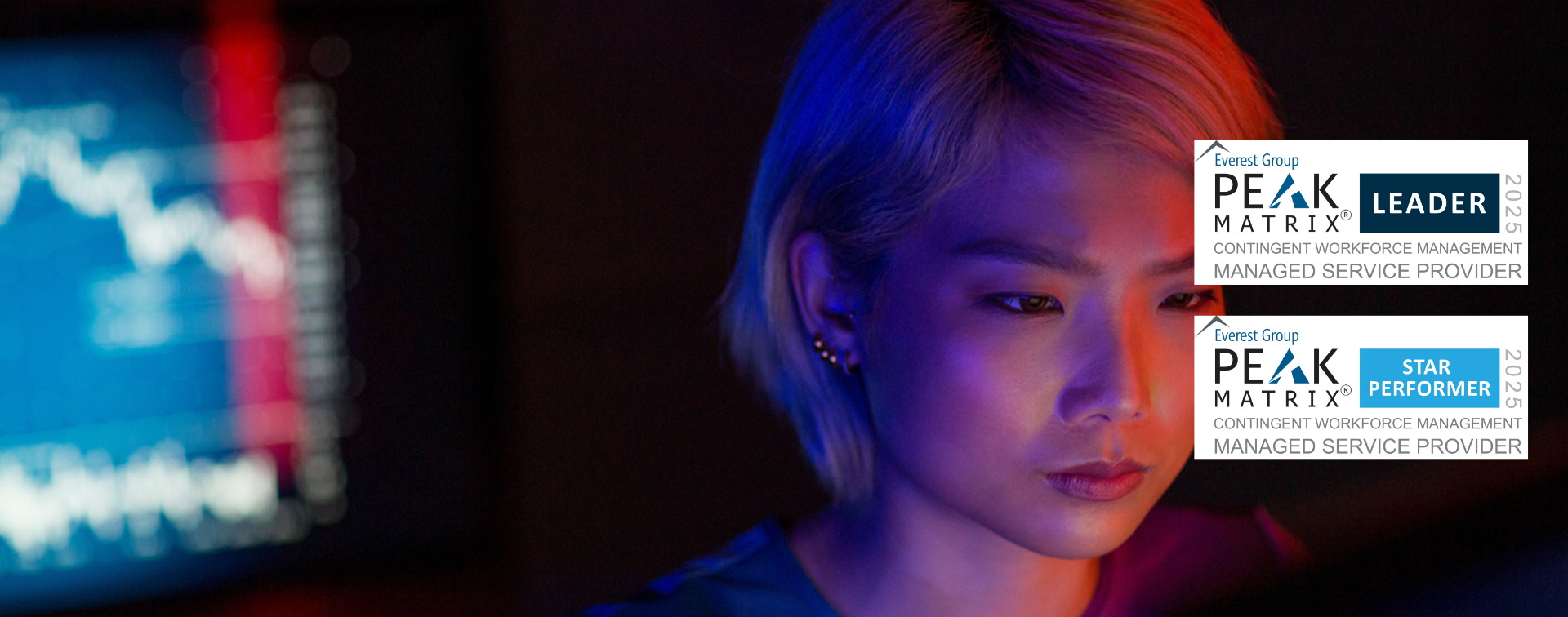Managed Service Provider (MSP)
The complex made simple. Build your contingent workforce through our transparent, data-driven digital solutions.
Services Procurement (SOW)
Unlock procurement efficiency. Work with a strategic partner to enhance your services procurement and SOW oversight.
Talent Advisory (Pontoon Instinct)
Future-proof your workforce plans. Ensure success by integrating technology and optimising processes.
MSP and SP clients
client NPS score
contingent workers managed
client retention
Tailored expertise across industries
We align perfectly with your industry needs, specialising in consumer products, financial services, life sciences, technology, manufacturing and energy.
Consumer Products and Retail
Maximise your talent, minimise your turnover. Let’s refine your workforce strategy and end the costly attrition cycle.
Financial
Services
Navigate compliance confidently with our expert guidance in workforce classification, so you can focus on growing your business.
Life Sciences
and Pharma
Future-proof your R&D and lead the way with top talent. We'll source the skills you need to stay ahead of the competition.
Tech and
Consulting
Simplify your location strategy and ensure legislative compliance. Let’s keep your tech workforce optimised.
Industrial Manufacturing
Secure yourself against skill gaps and an ageing workforce. Access the talent necessary for sustained success.
Renewable
Energy
Drive the Green Transition with skilled professionals. We’ll deliver the talent to support a sustainable future.



